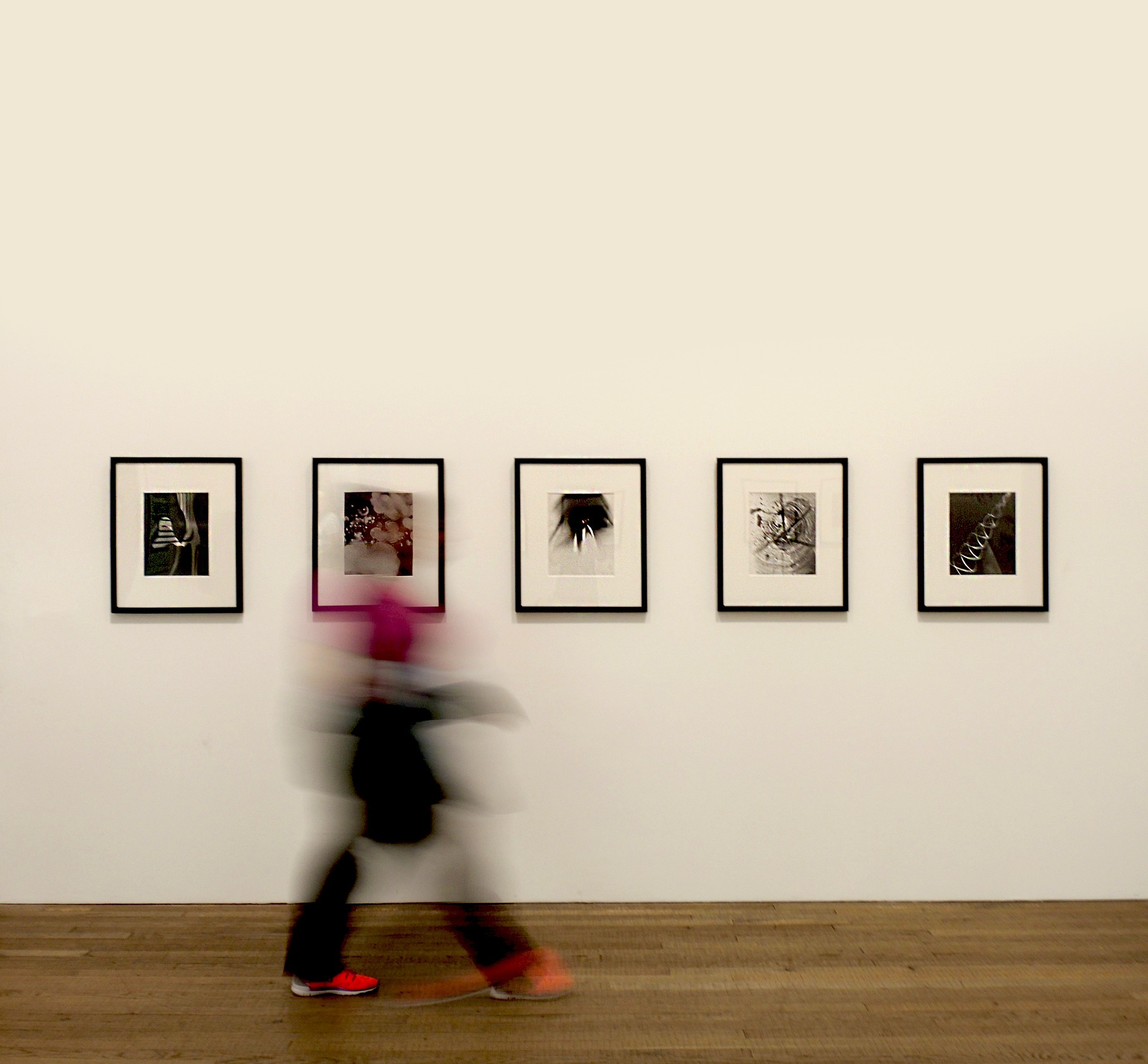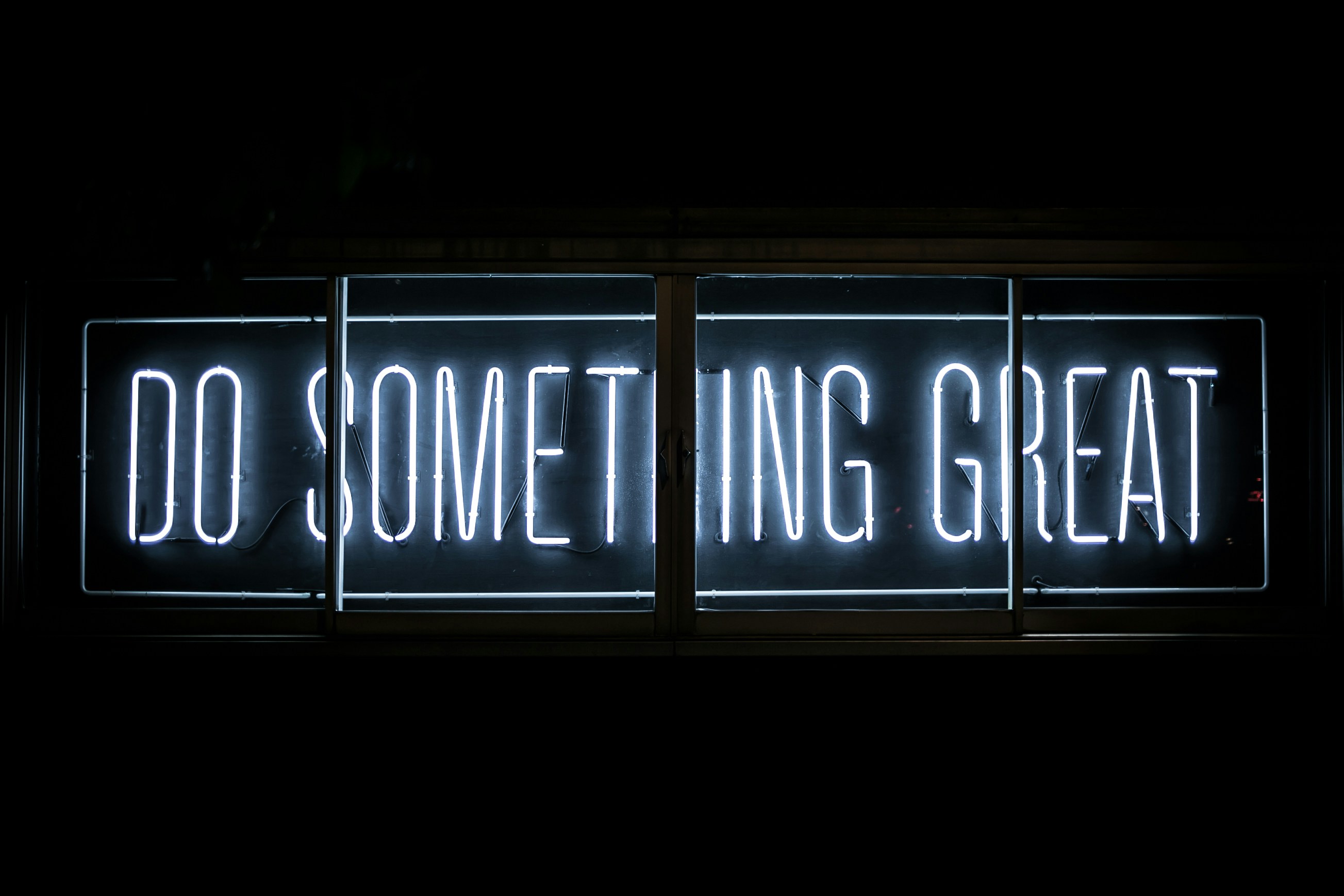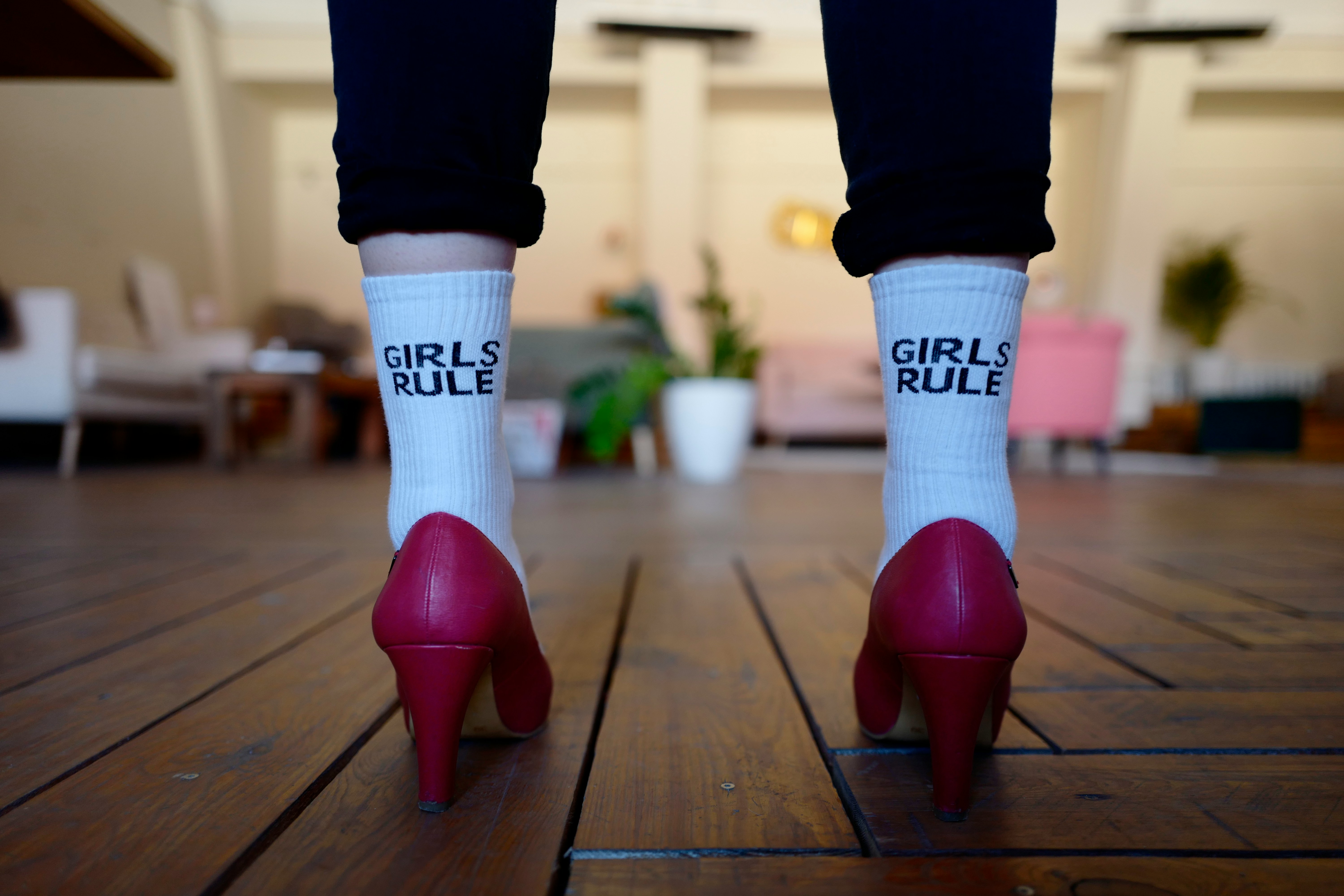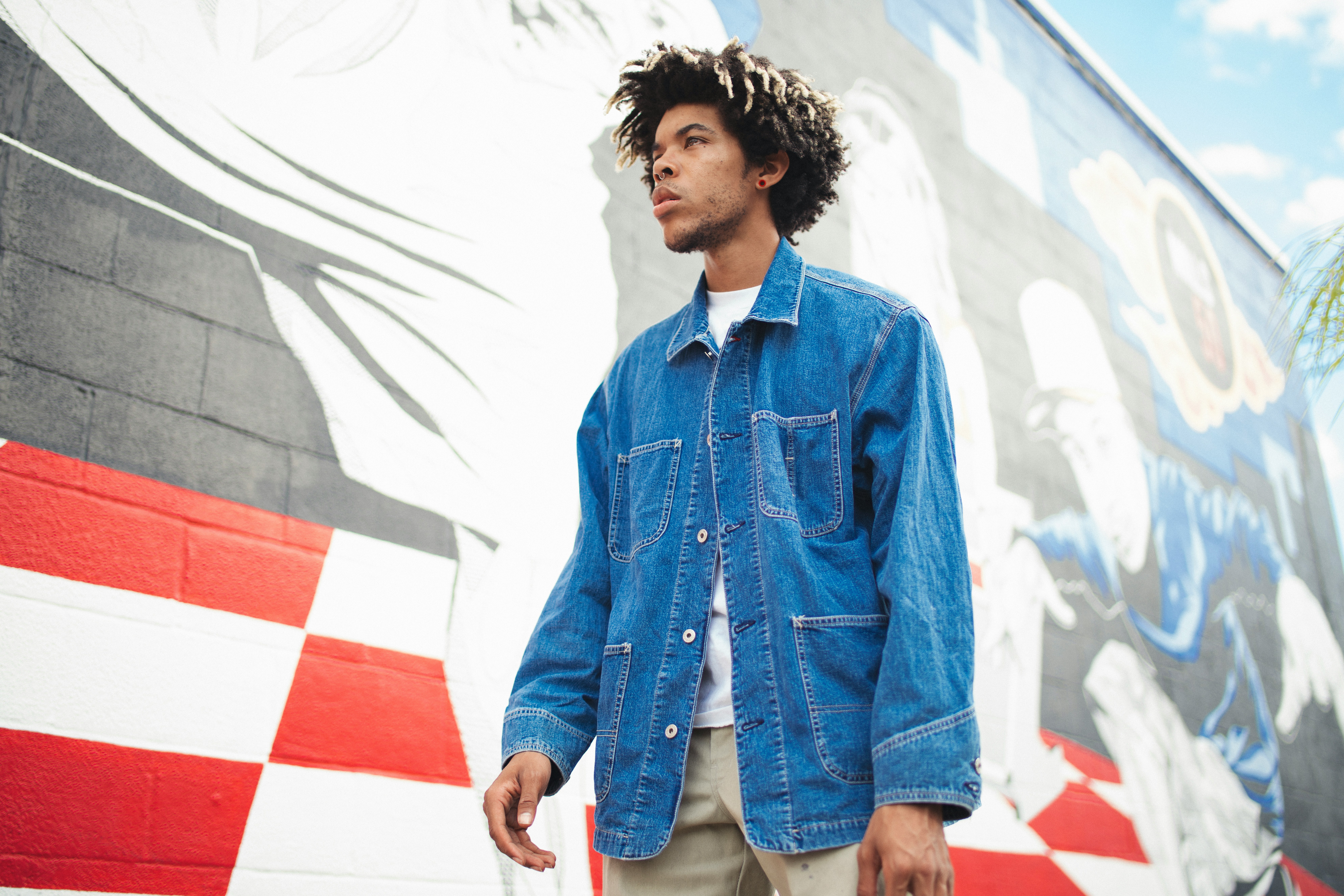Art and Activism: A New Frontier in Creative Expression
Art has always been a medium for expressing socio-political ideologies. With activism at the heart of many recent artistic endeavors, it’s a fascinating time for creative expression. Read below to discover how artists are using their platforms to promote change and shed light on pressing issues.

Art as a Catalyst for Change
Art has often been the voice of the unheard, the marginalized, and the oppressed. As social and political unrest continues to rise globally, artists are increasingly using their mediums to communicate their dissent. Murals, sculptures, installations, and even digital art are becoming platforms for dialogue, challenging the status quo and encouraging audiences to think critically about contemporary issues.
The Rise of Protest Art
In recent years, protest art has emerged as a powerful genre. This form of artistic expression has been employed to spotlight issues such as racial inequality, climate change, and political corruption. Notable instances include the Black Lives Matter murals following the death of George Floyd, and the climate crisis artworks inspired by Greta Thunberg’s activism.
Influential Artists in the Activism Arena
Several artists have risen to prominence through their activist artworks. Among them are Ai Weiwei, whose works often criticize the Chinese government’s stance on democracy, and Banksy, whose satirical street art frequently critiques capitalism and war. Their creations not only provoke thought but also inspire action, making them important figures in the art-activism movement.
The Role of Social Media
Social media has played a significant role in amplifying the voices of activist artists. Platforms such as Instagram and Twitter have allowed these artists to share their work with a global audience, thereby expanding the reach of their messages. Social media has also allowed for a more interactive relationship between the artist and the audience, fostering real-time discussions and feedback.
The Future of Art and Activism
As the world continues to grapple with various social, political, and environmental issues, the role of art in activism is likely to grow. Some predict that virtual reality and artificial intelligence will play a larger part in protest art, providing new and immersive ways to engage audiences. The fusion of art and activism is poised to shape the future of creative expression, providing a platform for artists to make significant contributions to societal change.
Useful Tips and Facts:
- Support activist artists by sharing their work on social media.
- Many museums and galleries host exhibitions featuring activist art. Visit these to gain a deeper understanding of the issues being addressed.
- Participate in community art projects that promote social change.
Conclusion: Art and activism have always been intertwined, but recent years have seen a surge in artists using their platforms to promote change. This trend reflects a broader societal shift towards more conscious and empathetic living. As we move forward, we can expect art to continue to play a vital role in prompting discussion, raising awareness, and advocating for change.




